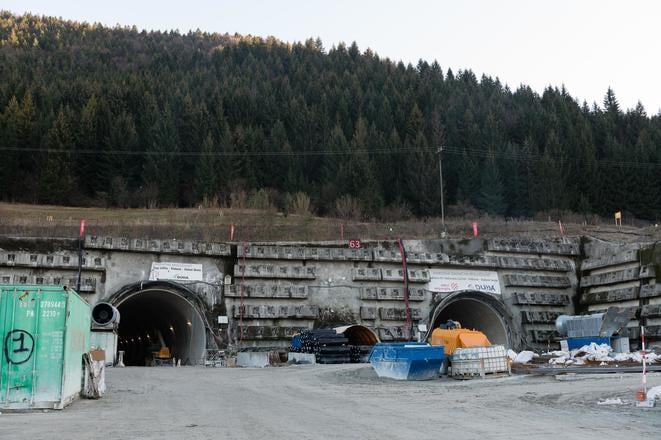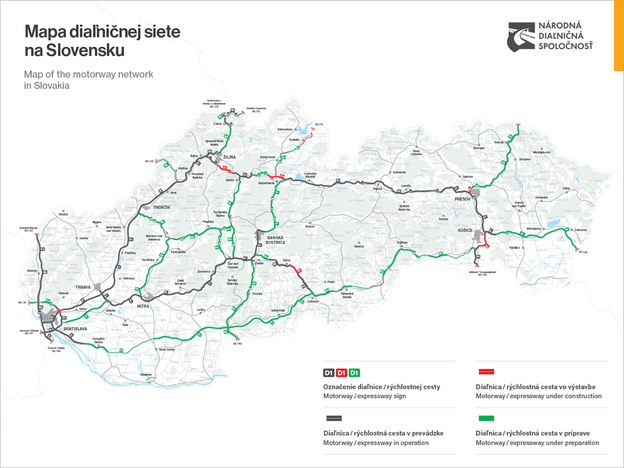A wave of ribbon-cutting ceremonies and the opening of new highways is an unambiguous signal that parliamentary elections are coming. Back in 1998, PM Vladimír Mečiar even paid the German supermodel Claudia Schiffer to accompany him while opening a short stretch of highway.
This, however, will be not the case of the upcoming early election scheduled for September 30. Drivers need to wait some more years for the completion of the 440 km highway connection of Bratislava and Košice. Based on the latest plans, the last stretch, Turany-Hubová, near Žilina, should be completed in 2032. If everything goes well. In the meantime, drivers can use the highway in Hungary to get from Bratislava to Košice or vice-versa.
D1 highway
starts in Bratislava with the plan to end in Záhor on the Slovak-Ukrainian border
when completed, it will be 512 km long
the Košice-Záhor stretch 74.2 long is under preparation
Completion of the Bratislava-Košice highway will be not the end of the story. The plan is to extend the highway by some 70 kilometres from Košice to the Slovak-Ukraine border.
In general, highways and dual carriageways are long and expensive to build in Slovakia. Construction is prolonged by the unpreparedness of projects, other factors are unexpected events such as landslides or contractors leaving the site. The most important criterion for selecting a contractor is usually the lowest price offered. The problem is that it is then often increased by contract amendments during construction.
The Ľudovít Ódor government promises that upcoming road construction will be based on analytical data, not on political or regional preferences. This will be made possible by the latest version of the Road Infrastructure Planning and Construction Schedule from the Transport Ministry.



 Construction of the Višňové Tunnel. (source: SITA)
Construction of the Višňové Tunnel. (source: SITA)
 The map of highwqays and dual carriageways in Slovakia. (source: Courtesy of NDS)
The map of highwqays and dual carriageways in Slovakia. (source: Courtesy of NDS)